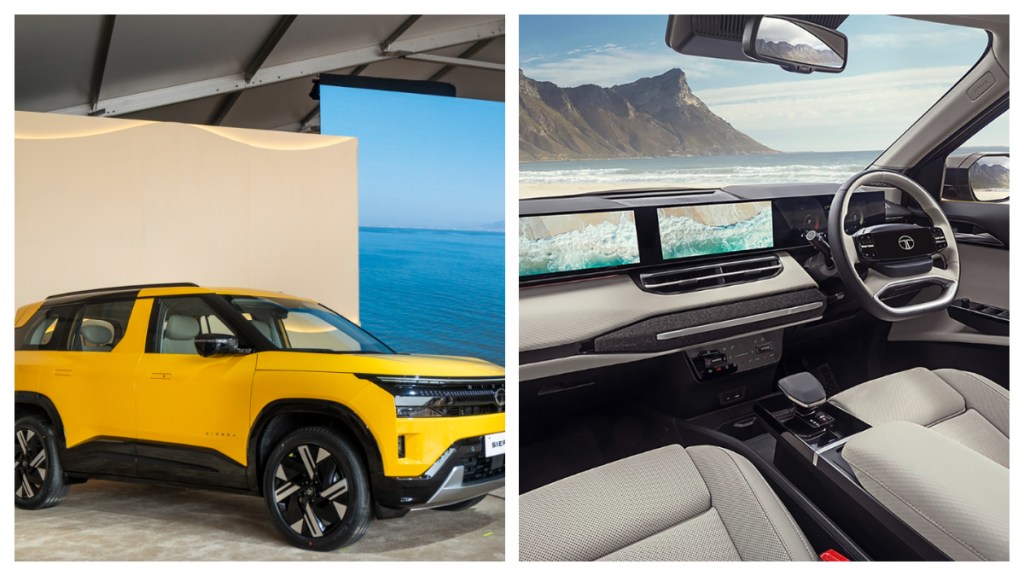The unveiling of the new Tata Sierra marks a significant moment for the Indian auto industry, reviving an iconic nameplate with a blend of nostalgia and contemporary elegance. In an exclusive conversation, Martin Uhlarik, chief design officer, Tata Motors, shared insights into the design philosophy that guided the resurrection of this legendary brand name.
“The Sierra is an iconic brand, and it was a huge responsibility for the design team to come up with this new car,” Uhlarik said.
The new Sierra has already garnered international recognition, winning the prestigious Red Dot design award. Uhlarik said that the Red Dot jury acknowledged how the design captures the “timeless charm of the original while embracing modern sophistication, balancing nostalgia with contemporary elegance.”
Reimagining an icon
A core challenge was modernising the original Sierra’s most groundbreaking feature: the single-piece rear glass. “This element has been reimagined as a combination of a black-painted finisher along the roofline and a panoramic sunroof to recreate the illusion of continuous glass,” Uhlarik said. “This adaptation meets today’s safety standards while giving the concept a floating-roof appearance.”
The overall exterior communicates confidence and refinement. The design features smooth surfaces, muscular haunches, and a well-defined shoulder line that contribute to a dynamic stance. The rear design expresses width and stability, highlighted by a wide, clam-shell-style tailgate. This allows for full-width, single-piece sleek taillights. A partially blackened D-pillar further enhances the floating roof effect, creating visual flow and ensuring the rear aesthetic is both modern and reminiscent of the original Sierra’s iconic appeal.
Past and future
When asked if it was mandatory to adhere to the 30-year-old design, Uhlarik stressed that the team was “not too burdened with the nostalgia,” but knew the new model had to “capture the spirit of the original Sierra.” He said that while any new-car design is forward-looking, retaining the older design’s iconic elements is what makes it unique. “The new Sierra stands as living proof that design can honour heritage while daring to shape tomorrow,” he said.
The design was a collaborative effort involving Tata Motors’ three design centres in Coventry (the UK), Turin (Italy), and Pune (India). The team engaged with owners of the original Sierra, incorporating their feedback on the elements they cherished most.
Concept to production
On the visual similarity between the concept showcased at Auto Expo 2023/2025 and the production-ready model, Uhlarik said that while the differences are huge from a data point of view, they look quite similar to the eye. “Yes, in the Sierra, there is a thin visual difference between concept and production models,” he said, suggesting a growing trend of production cars retaining concept car aesthetics.
The project, which began in 2019, involved extensive iteration. Uhlarik said that the 2020 concept served as a market test to gauge the appetite for a new Sierra. The journey involved many instances, even at the clay model phase, where the team decided they needed to “redo it, until we got a design that captured the essence of the old and also looked futuristic.
